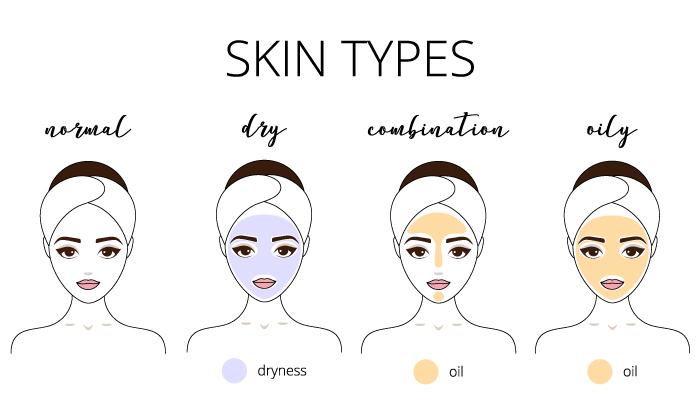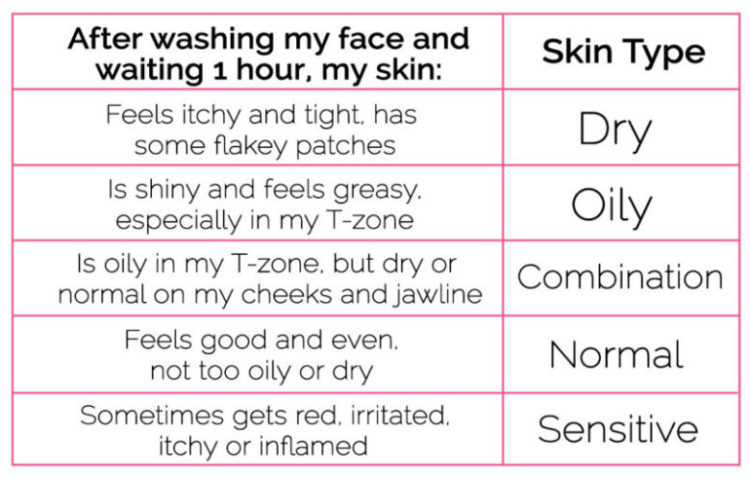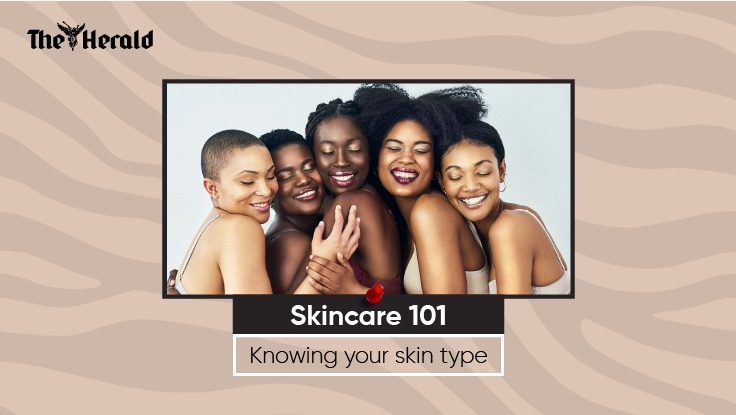Have you ever tried a new skincare product only to have it not work for your skin, or make your skin worse? It might have been wrong for your skin type.
When it comes to skincare products, it isn’t one-size-fits-all, that is why it is important to know your exact skin type so that you can get the products that best work for you.
Now before we dive right into the different skin types, it is important to know that there is a difference between SKIN TYPE and SKIN CONDITION.
Skin Type VS Skin Condition: It’s important to note the difference between skin type and skin conditions when it comes to skincare. Skin Condition can include things like wrinkles or signs of aging, hyperpigmentation, etc. For example, many people think that acne-prone skin is a type, however, people with all types of skin suffer from acne.
Skin conditions might change over time, or can be affected by environment, age or hormone changes. For example, your skin may become oilier in the summer or you might experience more acne or oily skin in your teen years, or at certain times in your menstrual cycle. In these cases, your skin condition may have changed, but your skin type remains the same.
Now that we are clear on the difference, let’s identify the major different skin types.
- Oily: This one is pretty self-explanatory. If you have excess oil all over your skin, chances are you will come out of the skin type quiz with an oily designation.
- Combination: Surprise, surprise. This is a combination of dry and oily skin. So, if your T-zone (forehead, nose, and chin) are oily and your cheeks are dry, your quiz result may say combination.
- Dry: If your skin is flaky, rough and drinks up the moisturizer, you might take the skin type quiz and find you have dry skin.
- Sensitive: Easily irritated skin—especially when you interact with new products or environments—is an indicator of sensitive skin.
- Normal: Normal skin is also called eudermic. This means it is well-balanced. It is neither too oily nor too dry. Normal skin tends to have balanced pH levels and sebum production.

Read also: Health: Understand Fibroid Growths in Women
Below is a quick test to know your skin type.
Step 1: Wash your face with a gentle cleanser to remove all makeup, oil and dirt.
Step 2: Pat face dry with a soft towel and leave skin bare. Don’t apply any moisturizers or serums. Let your skin act naturally.
Step 3: Wait 1 hour. During this time don’t touch your face. After an hour, look closely and note the quality of your skin.






Leave a Reply